Multimeters are essential tools for electricians and DIYers. Multimeters allow you to test for voltage, resistance, and other electrical properties. In this article, we will learn how to use a multimeter to test an outlet. Keep in mind that multimeters can be dangerous if used improperly, so please be careful when using a multimeter on an outlet. let's get started!
How to Test an Outlet with a Multimeter in 8 Simple Steps:
Use a multimeter to check whether an outlet is working properly.
- Before doing anything else, make sure that your multimeter is turned off.
- Once your multimeter is turned off, plug it into the outlet you want to test.
- Set your multimeter to the "resistance" or "ohms" setting.
- Turn on your smart multimeter by depressing the "on" switch.
- Touch the probes of your multimeter to the two brass terminals of the outlet. You should see a reading on the display of your multimeter.
- If you don't see a reading, that means there is no power flowing to the outlet and it needs to be repaired or replaced.
- If you do see a reading, that means there is power flowing to the outlet. However, this doesn't necessarily mean that the outlet is working properly.
- To test if the outlet is working properly, plug a lamp or other appliance into it and turn it on. If the appliance doesn't work, then the outlet needs to be repaired or replaced.
By following these simple steps, you can easily test an outlet to see if it is working properly. If not, then you'll know that it needs to be repaired or replaced.
Checking the Voltage of an Outlet’s Socket:
If you have ever wondered whether an outlet in your home is working correctly, one way to test it is by checking the voltage of the socket. To do this, you will need a voltmeter. You can purchase a voltmeter at most hardware stores.
First, make sure that the circuit breaker for the outlet is turned off. Then, insert the probes of the smart multimeter into the socket. If the reading on the multimeters is 120 volts, then the outlet is working correctly. However, if the reading is anything other than 120 volts, then there may be a problem with the outlet.
If you suspect that there is a problem with an outlet in your home, it is best to contact a qualified electrician. If you have ever wondered whether an outlet in your home is working correctly, one way to test it is by checking the voltage of the socket. To do this, you will need a smart multimeter. You can purchase a multimeter from KAIWEETS.
First, make sure that the circuit breaker for the outlet is turned off. Then, insert the probes of the voltmeter into the socket. If the reading on the voltmeter is 120 volts, then the outlet is working correctly. However, if the reading is anything other than 120 volts, then there may be a problem with the outlet.
If you suspect that there is a problem with an outlet in your home, it is best to contact a qualified electrician to have the outlet checked and repaired. Trying to repair an electrical outlet yourself can be dangerous if you are not qualified to do so.
Step-by-step testing of a Three-Phase Socket:
If you're not sure whether or not an outlet is working correctly, it's always a good idea to test it with a multimeter. This will help you determine if there is power flowing to the outlet, and if so, how much.
- First, make sure that the multimeter is turned off:
- Next, locate the three-phase socket that you want to test. Once you have found it, insert the probes of the multimeter into the sockets. The red probe should go into the "live" socket, which is usually marked with a red dot or line. The black probe should go into the "neutral" socket, which is usually marked with a black dot or line.
- Once the probes are in place, turn on the multimeter.
- You should see a reading on the display of the multimeter. If you do not see a reading, that means there is no power flowing to the outlet. If you see a reading, it will tell you how much power is flowing to the outlet.
- When you're finished testing, be sure to turn off the multimeter and remove the probes from the sockets.
Frequently Asked Questions:
How can you detect a faulty electrical outlet?
If you have an electrical outlet that isn't working, there are a few things you can do to check for an outlet. First, make sure that the circuit breaker for the room is turned on. Next, plug in a lamp or other small appliance to see if it works. If the appliance doesn't work, unplug it and insert a tester into the outlet to see if there is power. If there is no power, the outlet is probably bad and will need to be replaced. If there is power, the problem may be with the appliance itself.
How can you detect if an outlet is shorted?
If you have a multimeter, you can check if the two screws on the side of the outlet are still connected. The outlet is not shorted if there is continuity. The outlet is shorted if there is no continuity.
When should you replace your outlets?
If your outlets are older than 20 years, you should get new ones. As time goes on, outlets wear out and can become a fire risk. If you live in an older home, you should have an electrician check your outlets to see if they need to be replaced. You should also replace your outlets if you find that they are loose, sparking, or broken. It's better to be safe than apologize since broken outlets can cause fires.

Conclusion:
In conclusion, using a smart multimeter to test an outlet is a relatively easy process that can save you a lot of time and money. By following the steps outlined in this article, you can quickly and easily determine if an outlet is working properly or not. Additionally, by familiarizing yourself with the different settings on a smart multimeter, you can also use it to test other electrical components in your home.


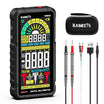
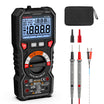

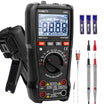
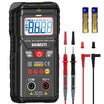
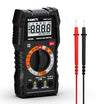
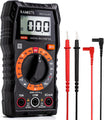
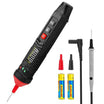
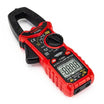
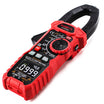
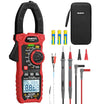

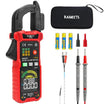
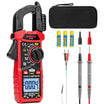

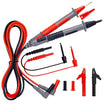
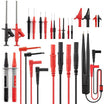



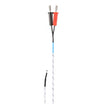
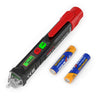

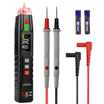
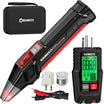
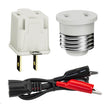
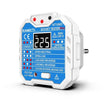
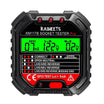
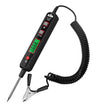
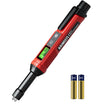
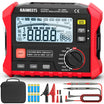
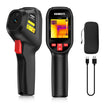
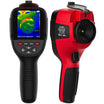
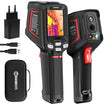
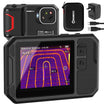
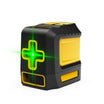
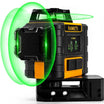






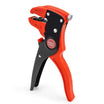
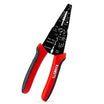
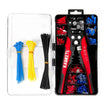

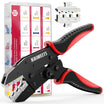
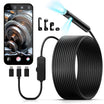
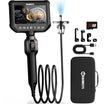

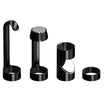
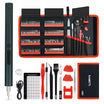
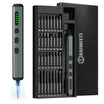
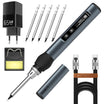

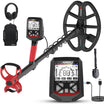

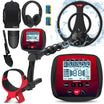

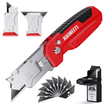
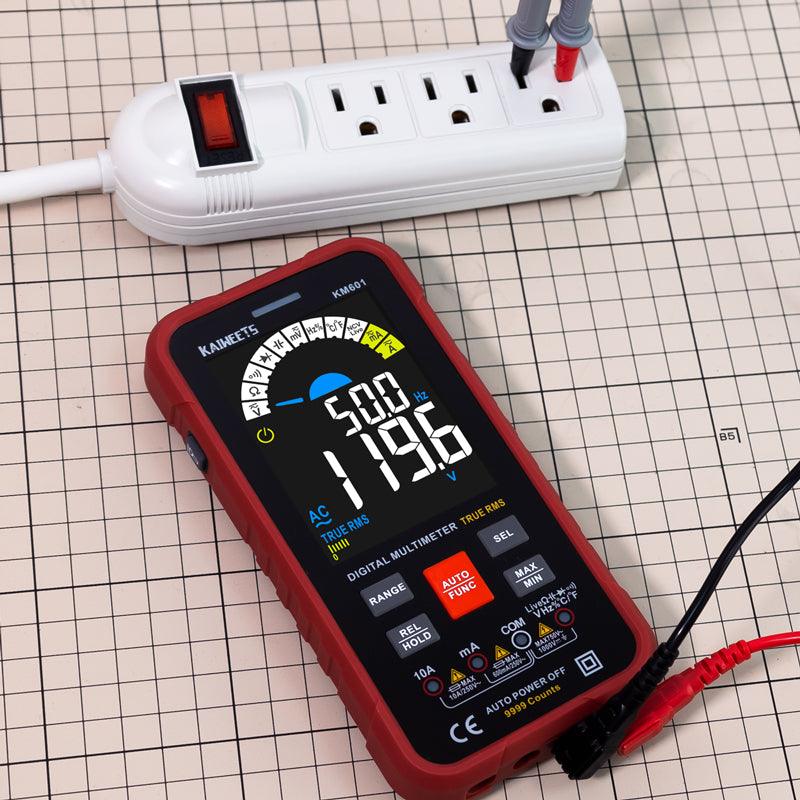

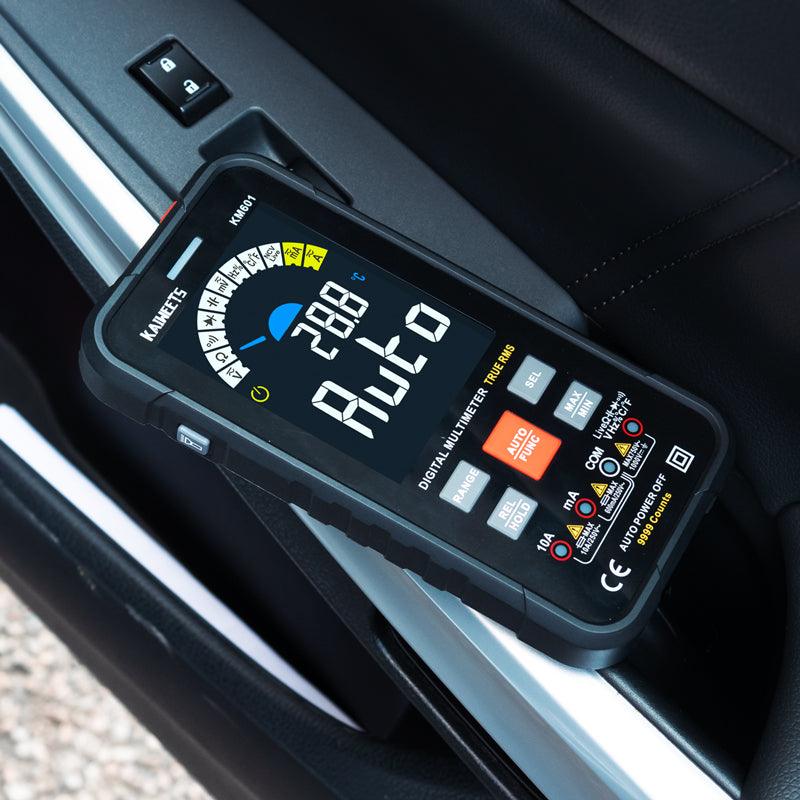
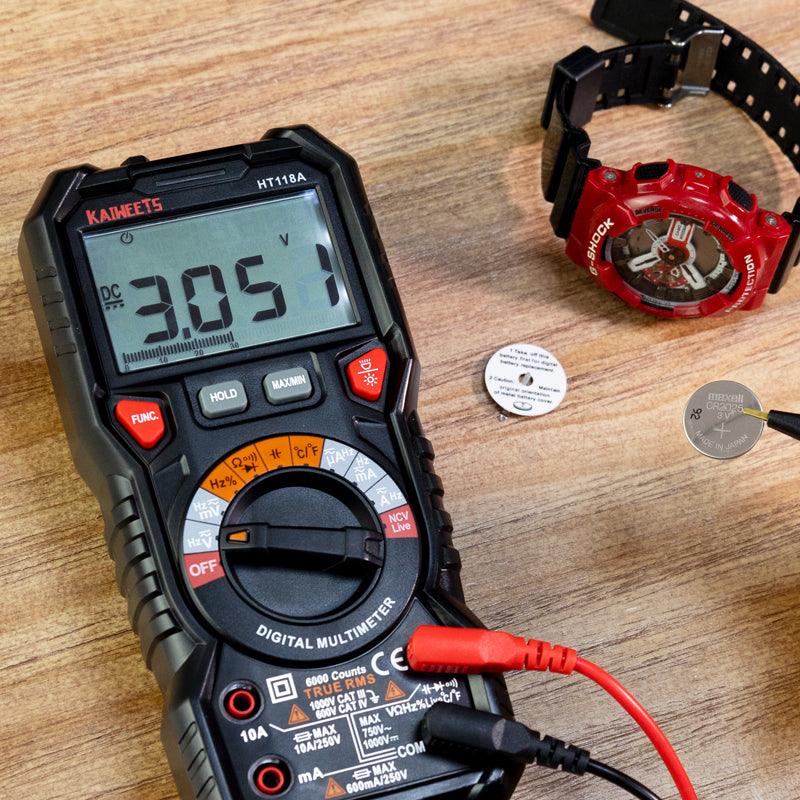
Leave a comment
All comments are moderated before being published.
This site is protected by hCaptcha and the hCaptcha Privacy Policy and Terms of Service apply.